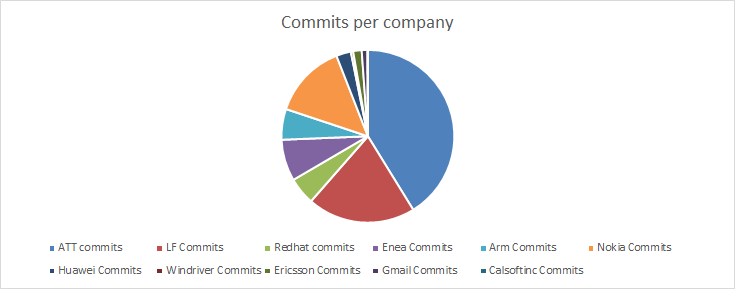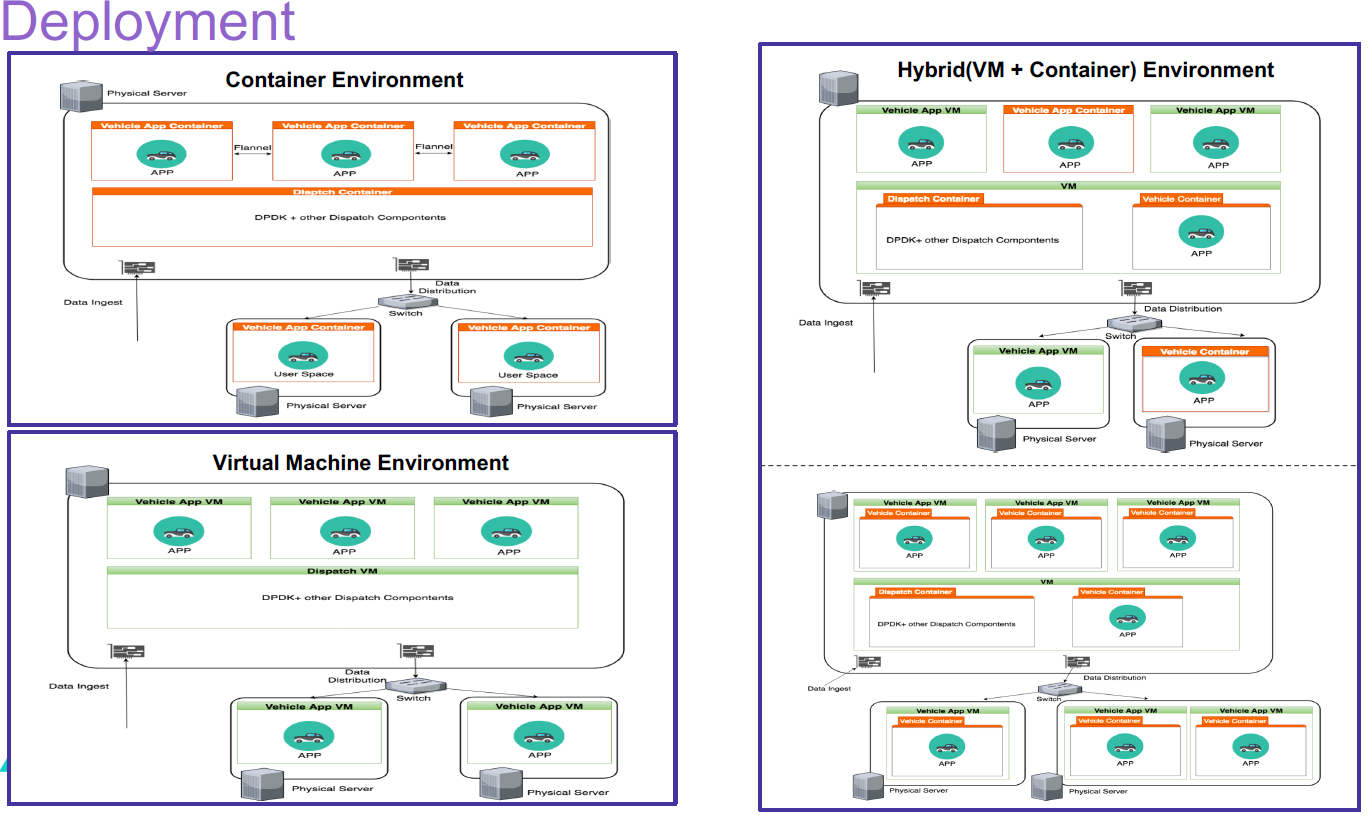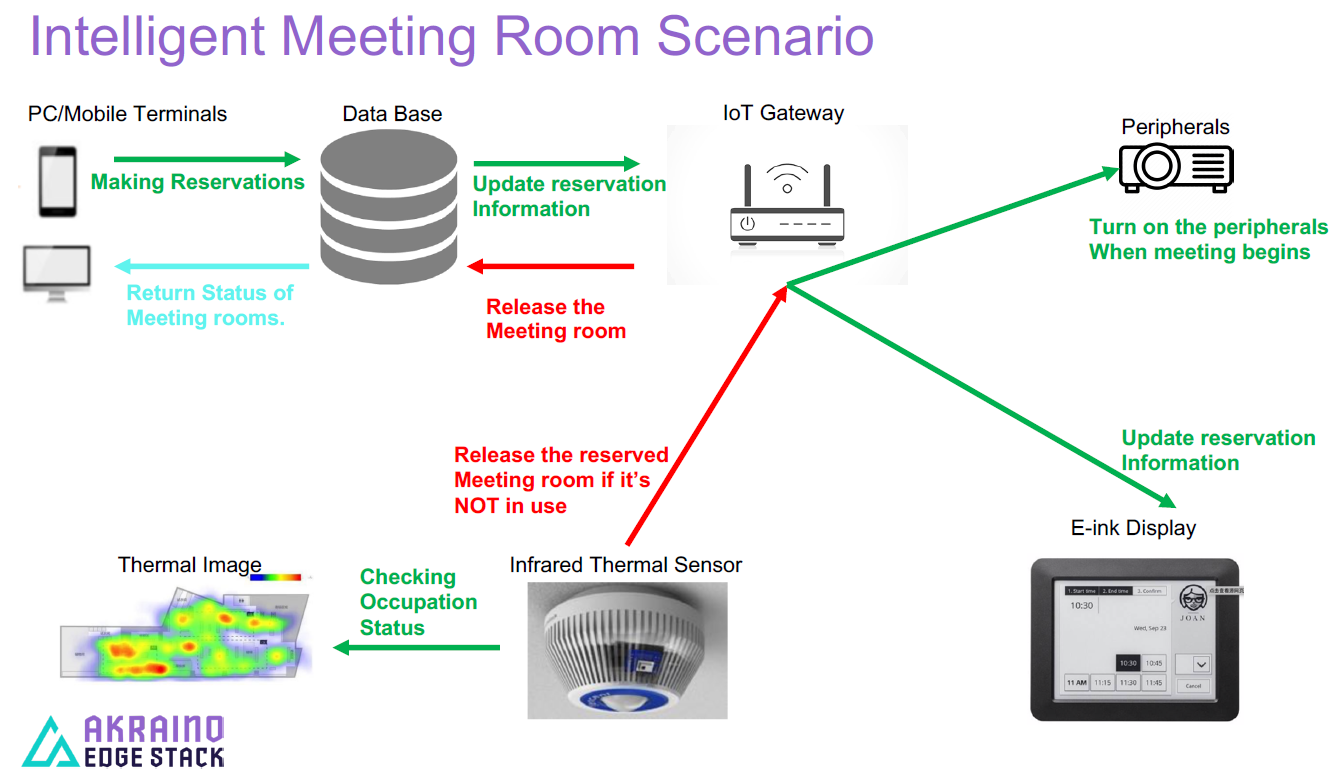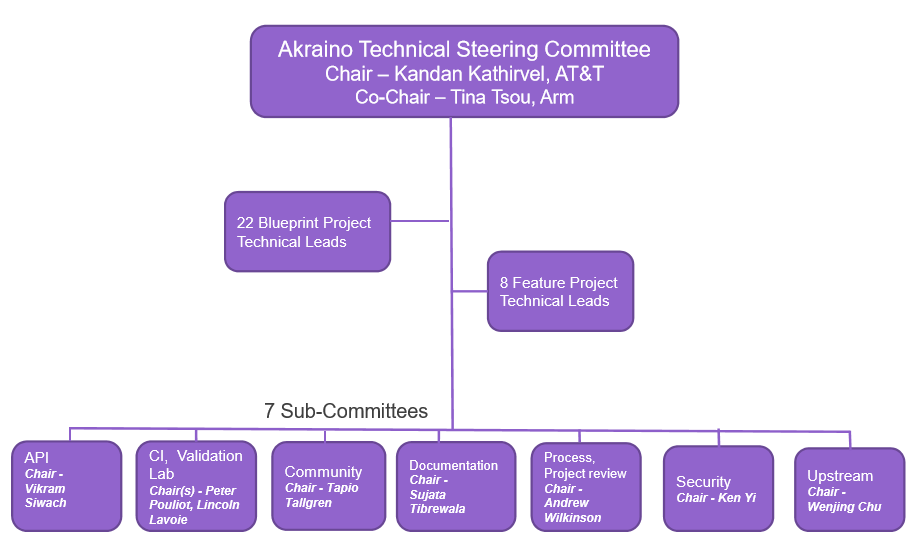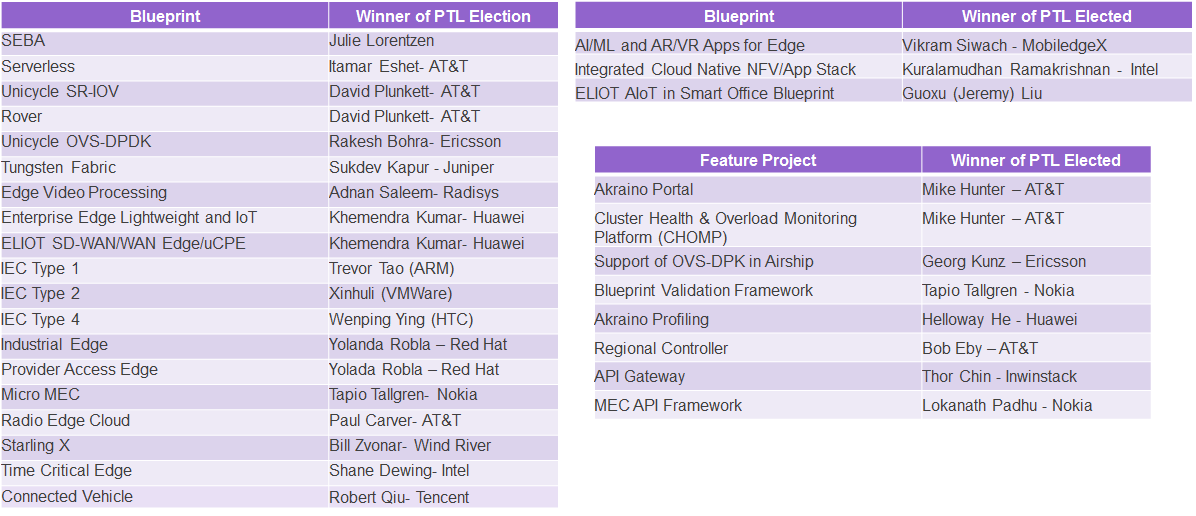Stage 3: Impact Stage Requirements (LF Edge)
Definition
The Impact Stage is for projects that have reached their growth goals and are now on a self-sustaining cycle of development, maintenance, and long-term support. Impact Stage projects are widely used in production environments and have large, well-established project communities with a number of contributors from at least two organizations.
Project Stages Mapping: Criteria and Data
Stage 3: Impact Stage (formerly 'Top-Level')
Criteria | Data |
|---|---|
Have a defined governing body of at least 5 or more members (owners and core maintainers), of which no more than 1/3 is affiliated with the same employer. In the case there are 5 governing members, 2 may be from the same employer. | |
Have a documented and publicly accessible description of the project's governance, decision-making, and release processes. | |
Have a healthy number of committers from at least two organizations. A committer is defined as someone with the commit bit; i.e., someone who can accept contributions to some or all of the project. | |
Demonstrate evidence of interoperability, compatibility or extension to other LF Edge Projects. Examples may include demonstrating modularity (ability to swap in components between projects). | |
Adopt the Foundation Code of Conduct. | |
Explicitly define a project governance and committer process. This is preferably laid out in a GOVERNANCE.md file and references a CONTRIBUTING.md and OWNERS.md file showing the current and emeritus committers. | |
Have a public list of project adopters for at least the primary repo (e.g., ADOPTERS.md or logos on the project website). | |
Other metrics as defined by the applying Project during the application process in cooperation with the TAC. |
Examples
- Projects that have publicly documented release cycles and plans for LTS.
- Akraino has had one public release to date (R1 Release, June 2019) with a second release (R2 Release targeted for November 30, 2019). See Akraino Releases.
- Akraino has specified criteria for graduation to "Mature" and "Core" Releases. See Graduation Review Criteria. For instance, a Deployment Check for "Core" Release requires deployment in at least 2 production networks/locations with the exact HW and SW configuration. In such case, LTS is assured based on ongoing usage of Blueprint.
- Projects that have themselves become platforms for other projects.
- Akraino is today being used in a number of proof-of-concept projects and commercial products.
- Some noted examples include: ELIOT: Edge Lightweight and IoT Blueprint Family and Micro-MEC of Akraino which have become platforms for EdgeXFoundry API work.
- Projects that are able to attract a healthy number of committers on the basis of its production usefulness (not simply 'developer popularity').
- To date, Akraino has over 65 contributors; 30 active contributors in the month of September 2019 alone
- Since Nov 1, 2018, there were almost 1131 commits. Last month (August 2019), there were 110 commits
- These commits were made by contributors from many companies to include AT&T, Ericsson, Nokia, Arm, RedHat, Enea, Windriver, Huawei
4. Projects that have several, publicly known, end-user deployments.
a. The Akraino user community is globally diverse with contributions in September coming from the US, China, India, and Europe.
b. Provide graphic
- c. In addition to the commercial and open source products cited above, companies A, B, C and others have products or deployments under way or being developed.
Expectations
Impact Stage projects are expected to participate actively in TAC proceedings, and as such have a binding vote on TAC matters requiring a formal vote, such as the election of a TAC Chair. They receive ongoing financial and marketing support from the Foundation, and are expected to cross promote the foundation along with their activities.
Acceptance Criteria
To graduate from At Large or Growth status, or for a new project to join as an Impact project, a project must meet the Growth stage criteria plus:
- Have a defined governing body of at least 5 or more members (owners and core maintainers), of which no more than 1/3 is affiliated with the same employer. In the case there are 5 governing members, 2 may be from the same employer.
- The Akraino Technical Steering Committee (TSC) is currently made up of 15 members. The TSC Chair and Vice-Chair are elected by the TSC.
- 7 Sub-Committee Chairs, 22 Blueprint Project Team Leads (PTLs) and 8 Feature Project PTLs operate under the guidance of TSC
- Following is the composition of TSC
Member Company | Voting Member Name | Contact info |
Arm | Tina Tsou | |
AT&T | Kandan Kathirvel | |
Dell | Tim Epkes | |
Ericsson | Torbjörn Keisu | |
Huawei | Wenjing Chu | |
Intel | Srini Adedepalli | |
Inwinstack | Thor Chin | |
Juniper | Sukhdev Kapur | |
Nokia | Tapio Tallgren | |
NTT | Takeshi Kuwahara | |
Qualcomm | Shahid Khan | |
Radisys | Prakash Siva | |
Red Hat | Frank Zdarsky | |
Seagate Technologies | Tim Walker | |
WindRiver | Dariush Eslimi |
Following are the Blueprint and Feature Project Technical Leads
- Have a documented and publicly accessible description of the project's governance, decision-making, and release processes.
- See various areas of the project's wiki to include
- Have a healthy number of committers from at least two organizations. A committer is defined as someone with the commit bit; i.e., someone who can accept contributions to some or all of the project.
- To date, Akraino has over 65 contributors; 30 active contributors in the month of September 2019 alone
- In the month of September 2019, there were almost 26 commits. These commits were made by contributors from many companies to include AT&T, Arm, Enea, LF, Nokia
- Demonstrate evidence of interoperability, compatibility or extension to other LF Edge Projects. Examples may include demonstrating modularity (ability to swap in components between projects).
- Akraino can interoperate with EdgeX Foundry, which is the current level 3 project.
- Akraino can also fit within other LF Edge Projects
- Adopt the Foundation Code of Conduct.
- Explicitly define a project governance and committer process. This is preferably laid out in a GOVERNANCE.md file and references a CONTRIBUTING.md and OWNERS.md file showing the current and emeritus committers.
- See governance and committer process at
- Significantly large contributions must go through the Contributors Process defined here:
- Have a public list of project adopters for at least the primary repo (e.g., ADOPTERS.md or logos on the project website)
- Other metrics as defined by the applying Project during the application process in cooperation with the TAC.
- Receive a supermajority vote from the TAC and a majority vote of the Governing Board to move to Impact stage. Projects can move directly from At Large to Impact, if they can demonstrate sufficient maturity and have met all requirements.
